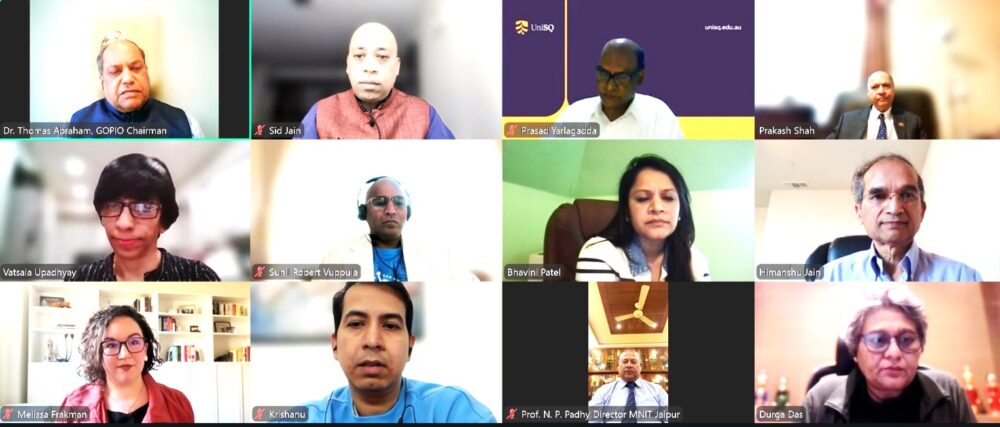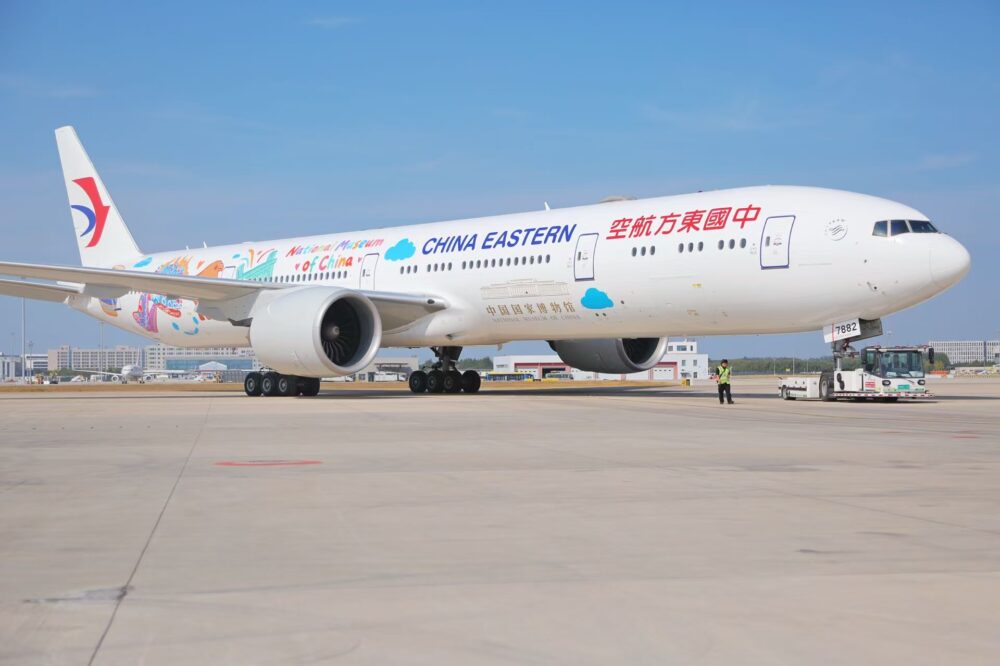In the serene Himalayan city of Dharamshala, the heart of the Tibetan exile community in India, life unfolds amidst echoes of tradition and the bittersweet reality of change. Boys and girls gather in classrooms, their voices rising in harmony as they learn Tibetan songs under the guidance of their music teacher. In the school halls, students rehearse Tibetan operas while others sport traditional attire, symbolizing the community’s enduring connection to its roots. Yet, beneath this vibrant cultural life lies a pressing challenge: the Tibetan Children’s Village, a network of residential schools founded by the Dalai Lama and his family after their 1960 exile from Chinese-ruled Tibet, is witnessing a steady decline in enrollment, mirroring the shrinking Tibetan population in exile.
Bhuchung Sonam, a Tibetan poet, poignantly describes Dharamshala as a bucket slowly losing water with each departing jug, a metaphor for the community’s gradual emptying. Initially a refuge for thousands who followed the Dalai Lama into exile, Dharamshala became a sanctuary where children raised far from their parents, often amidst harsh conditions, could learn their language, culture, and faith. Many parents, compelled by difficult circumstances, entrusted their children to the care of the village, which provided them not just education but also a familial bond in an uncertain world.
Among those who experienced this upbringing is educator Tindup Galpo, who, as a young boy, crossed the daunting Himalayan border into India with his father and spent his childhood in the community’s boarding houses. Now a teacher, he cares for dozens of children, passing on the legacy of their shared heritage. However, the stark reality is that the population is diminishing. The Tibetan Children’s Village, once bustling with over 17,000 students in the 1980s, now serves fewer than 5,000 children across its seven branches in India. Many schools are consolidating or closing due to the declining number of younger students. The demographic shift is fueled by reduced new arrivals, lowered birth rates, and migration of Tibetan youth abroad for better opportunities.
The tightening of Chinese border controls since 2008 has drastically curtailed the flow of Tibetan refugees to India, making clandestine crossings rare. Meanwhile, the Tibetan diaspora is increasingly scattered, with sizable communities in Europe, North America, and Australia. Many young Tibetans, like Namkyi—who endured years in a prison labor camp in Tibet before escaping—now confront a diaspora marked by an aging population and fewer children, intensifying challenges to cultural preservation.
Amid these complexities, the Dalai Lama, who turned 90 this year, has spoken about his succession process taking place outside China’s influence, a stance that clashes with Beijing’s claims of authority over his reincarnation. Lobsang Sangay, former head of the Tibetan government-in-exile, underscores the delicate transition period ahead, calling for resilience and unity. Despite reductions in U.S. aid during some past administrations, advocacy and support for Tibetan rights continue, reflecting the community’s enduring spirit.
Through all these trials, Dharamshala remains a vital symbol and home for Tibetans in exile. The shrinking numbers challenge the survival of institutions foundational to Tibetan identity, but the community holds fast to its mission of endurance and hope, believing that as long as they survive, their cause lives on.










